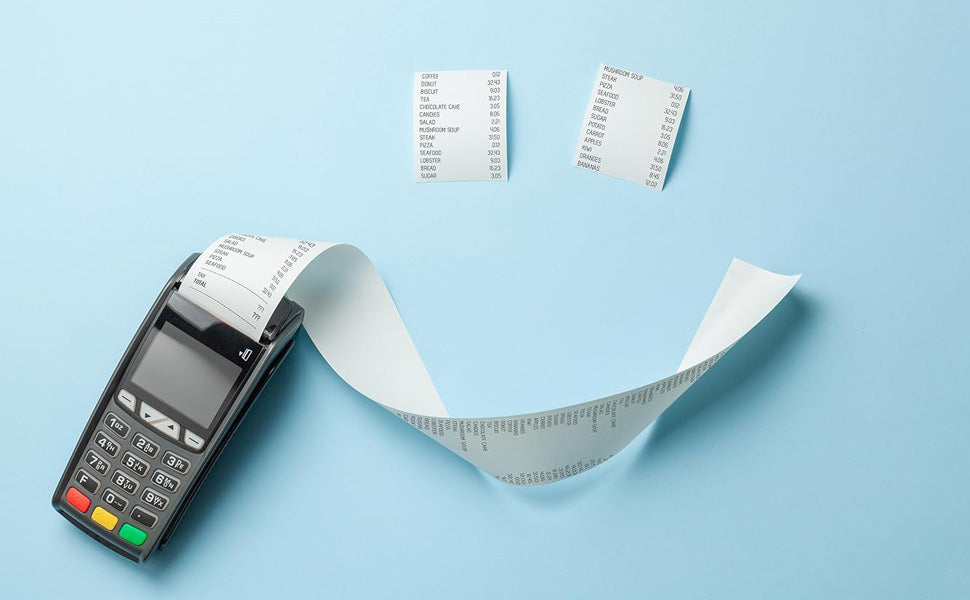Introduction
Binoculars are an essential tool for birdwatchers, stargazers, hunters, and outdoor enthusiasts. They provide a closer view of distant objects, but have you ever wondered how they work? One of the key components in binoculars is the prism. Prisms are integral to the design of binoculars, playing a crucial role in image orientation and compactness. Let's explore why prisms are used in binoculars and how they enhance your viewing experience.
1. Image Orientation: Correcting Upside Down and Inverted Images
When light enters the objective lens of binoculars, the image that forms is both upside down and inverted from left to right. This happens because lenses naturally flip images during the magnification process. Prisms correct this by reflecting and reorienting the light. Inside binoculars, two prisms work together to turn the image right side up and correct the left-to-right inversion. This adjustment allows us to see the scene as we naturally expect it, making observation more intuitive and enjoyable.
2. Compact Design: Shortening the Light Path
One of the most significant advantages of using prisms in binoculars is their ability to shorten the light path. To magnify an image and provide a wider field of view, light needs to travel a certain distance. If this distance were covered in a straight line, binoculars would be long and cumbersome. Prisms bend and reflect light within a compact space, allowing the same distance to be covered without extending the physical length of the binoculars. This makes the binoculars more portable and easier to handle, without compromising on optical performance.
3. Total Internal Reflection: Superior Light Efficiency
Prisms utilize a phenomenon known as total internal reflection (TIR). When light hits the interface between the glass of the prism and the air at a specific angle, it is entirely reflected back into the prism. This ensures minimal light loss compared to mirrors, which typically reflect about 95% of the light. TIR in prisms results in brighter and clearer images because more light reaches your eyes. Additionally, prisms avoid the refraction distortion that can occur with reflective-coated mirrors.
4. Durability and Alignment
Prisms are also favored for their durability and stability. Unlike mirrors, which can lose alignment or degrade over time, prisms are solid blocks of glass that maintain their optical properties. This stability ensures consistent performance and reduces the need for frequent recalibration, making binoculars more reliable for long-term use.
Conclusion
In summary, prisms are indispensable in binoculars for correcting image orientation, reducing size, enhancing light efficiency, and ensuring durability. They transform binoculars from simple magnifying devices into sophisticated optical instruments, providing clear, upright images in a compact form. Next time you use your binoculars, remember the critical role prisms play in delivering an optimal viewing experience.
For top-quality binoculars that utilize advanced prism technology, check out the SkyGenius collection at Milamima.com.












